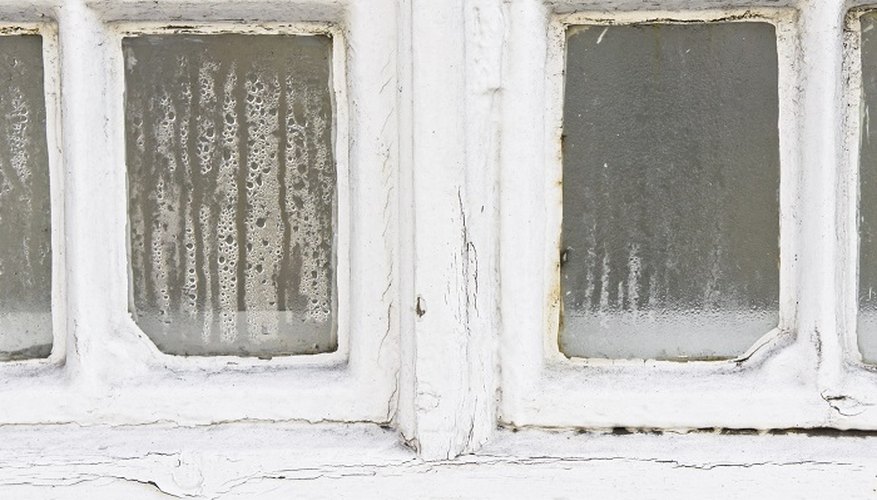The cost of replacing a rotten window can vary greatly depending on the severity of the deterioration, the type of wood and whether or not you want to carry out the work yourself or hire someone to do the job. If the deterioration is severe, you may also have to replace the wooden frame around the sill and that is when it can become costly.
Water damage
If it's an older home and the deterioration is due to water, the damage can seep from the sill to the studs supporting the window and possibly down to the supporting plate or even the floor joists. If that is the case you're looking a major and costly project. It is unlikely the rot has gone that far in newer homes but if it is a very old house that you are restoring it is very possible that the rot has gone beyond the sill.
Sill replacement
If you plan on doing it yourself, the removal of the old sill can take considerable time and effort alone. That's the hard part -- once you've finished, take a deep breath and relax. Fitting a new sill is fairly simple. You need only measure the depth and width and purchase a board of the same thickness and cut it to the desired size. The total cost for a DIY project shouldn't be more than £40 to £50 or so. Expect to spend about four to six hours on the project. If you plan to hire someone, expect double the cost.
- If you plan on doing it yourself, the removal of the old sill can take considerable time and effort alone.
Repair option
Depending on how badly rotted the wood is, you may want to repair it rather than replace the sill. This can be equally as effective and aesthetically pleasing as a full replacement. Wood filler and a hardener can restore the sill to its original strength and reliability.
Restore a sill
Using a two-part filler and hardener, fill the holes and gouges in the wood. The filler is designed to fill these gaps, and the hardener liquid will strengthen and reinforce decayed or rotting wood. When the repair area is dry, sand and smooth the surface so it can be finished with primer and paint. Use a wood scraper to remove any loose paint and wood chips before you start to make the surface as smooth as possible before you begin. You will need a putty knife to apply the filler, a cheap, disposable brush for the hardener, and a pad sander and sandpaper to smooth the surface after the filler has been applied and hardened.
- Using a two-part filler and hardener, fill the holes and gouges in the wood.
- You will need a putty knife to apply the filler, a cheap, disposable brush for the hardener, and a pad sander and sandpaper to smooth the surface after the filler has been applied and hardened.
Serious rot
If water damage has seeped into the surrounding support structure, you have a much more complicated and costly repair project on your hands. The sill is the supporting structure for the window itself. If it has been damaged by water over the years (the most common form of damage), the water may have dripped into the surrounding superstructure, which would be the wood supporting the window frame. If that's the case, they should be replaced too. That would involve removing the masonry to get to the wood and replacing them as well. The material costs can be two to three times that of just fixing the sill and could run up to £350 or more if you hire someone to do the job.
- If water damage has seeped into the surrounding support structure, you have a much more complicated and costly repair project on your hands.
- If it has been damaged by water over the years (the most common form of damage), the water may have dripped into the surrounding superstructure, which would be the wood supporting the window frame.
